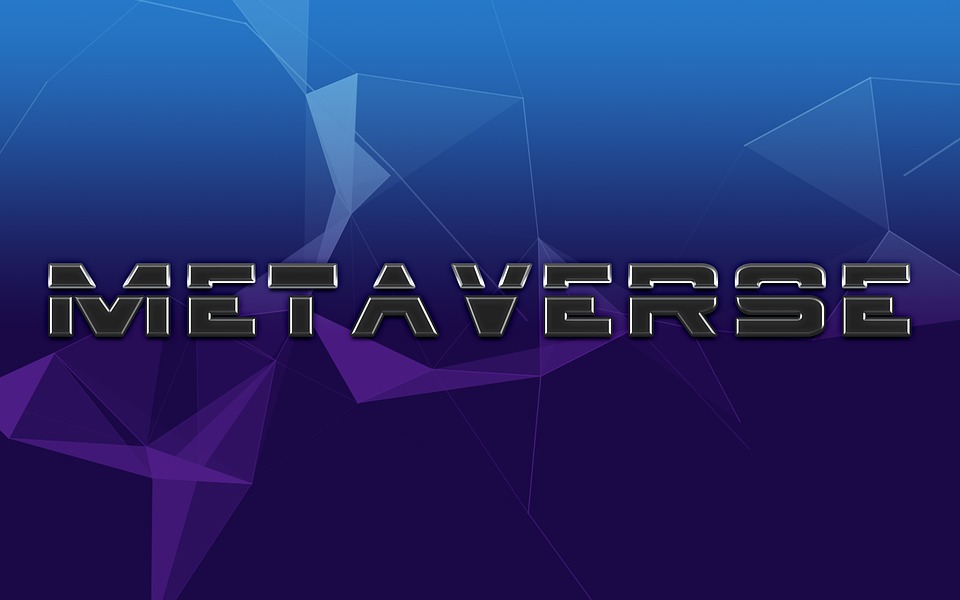Business
Global Boron Carbide Market Share Likely to Reach at a CAGR of 4.27% By 2030
by Author
-
Friday, August 26, 2022
145 Views
The global boron carbide market size was estimated at USD 324 Million in 2021 and is expected to hit around USD 450 Million by 2030, poised to grow at a compound annual growth rate (CAGR) of 4.27% from 2022 to 2030.
Boron carbide is a crystalline compound of boron and carbon. It is the hardest material known after diamond and cubic boron nitride. It is used in abrasive and wear-resistant products, in lightweight composite materials, and in control rods for nuclear power generation. Its strength ability is to withstand an applied load without failure or plastic deformation.
Request Access Full Report is Available @ https://www.custommarketinsights.com/report/boron-carbide-market/
Boron carbide is also used as ballistic armor along with other materials, resulting in properties like high hardness, high elastic modulus, and low density which provides extraordinary unique stopping power against high-velocity projectiles. Boron Carbide has antimicrobial protection properties due to which they are used in cooling towers in power plants, mining, swimming pools, tank armor, bulletproof vests, engine sabotage powders, and other industrial applications.
Regional Snapshots
Region-wise the market is studied across North America, Europe, Asia-Pacific, and LAMEA. Asia-Pacific is the dominant region in the boron carbide market. This region is also anticipated to maintain its dominance throughout the forecast period. Countries such as China and Japan have significant contributions to the growth of the Boron carbide market in the APAC region. Key factors for the growth in the APAC region are increasing nuclear power plants; increasing defense spending and grading application.
Furthermore, boron carbide producers are implementing an inclusive range of advanced technologies in the production of boron carbide for optimizing the purity and boron content which will drive the market during the forecast period. Moreover, Asian countries are using abrasive-grade boron carbide for ultrasonic boring since it can be used for boring almost any desired profile of brittle & hard materials. In addition, metal fabrication industries are growing in the Asia-Pacific region which is driving the boron carbide market growth during the forecast period.
Market Dynamics
Growth Drivers
Boron carbide has the ability to absorb neutrons without producing long-lived radionuclides makes thereby making it attractive as a neutron absorbent in nuclear power plants. Some applications of Boron Carbide are used in a nuclear reactor as control rods shut down pellets and insulation. Currently, there are 440 nuclear power reactors operating in 32 with a combined capacity of about 390 GWe. Globally, Nuclear power capacity is steadily growing with 55 reactors under construction in 19 countries, covering India, Russia, China and the United Arab Emirates. As per World Nuclear Association. The majority of plants are planned for the Asia Pacific region. Moreover, plant lifetime extension programs are going on in the USA to maintain capacity. Thus, the growth of nuclear reactors will drive demand for boron carbide in the upcoming years.
Restraints
However, the lack of skilled labor is restricting the expansion of the global boron carbide market during the forecast period. Furthermore, the logistics and supply chain interface, government norms and regulations on export and import activities are restraining factors in the boron carbide market.
Opportunities
The growing demand from the refractory industry is projected to support the growth of the global boron carbide market in the forthcoming years. In addition, the market for boron carbide is witnessing increased demand avenues from the nuclear, aerospace, and automotive industries. In nuclear industries, boron carbide is in high demand for protective ceramic materials. All these factors together may act as one of the key drivers responsible for the growth of the market; thus, creating generative opportunities.
Challenges
Over the forecast period, high costs and complexity related to import and export issues may act as one of the challenging factors in the boron carbide market.
Press Release For Boron Carbide Market @ https://www.custommarketinsights.com/press-releases/global-boron-carbide-market/
Report Highlights
On the basis of grade, the segment includes abrasive and nuclear and defense grades. The abrasive segment dominated the market in 2020 and is expected to grow over the forecasted period. Boron carbide coating is widely used in lapping and polishing applications owing to its high hardness. It is also used as a loose abrasive in multiple cutting applications, such as water jet cutting, grit blasting and slurry pumping. Abrasive boron carbide is considered to be an ideal material for dressing diamond tools. However, the nuclear & defense grade segment is expected to grow at a moderate rate during the forecast period.
On the basis of type, the segment includes powder, paste and grains. The grains segment is the largest segment and is expected to be in a dominant position during the forecast period. Boron carbide grains are used in applications that cover metal-matrix composites, lapping and flux-cored wires for build-up welding.
On the basis of application, the segment includes industrial, grinding, lapping, polishing, others, nuclear, defense, body armor, and vehicle armor. The nuclear application dominates the boron carbide market and is expected to remain the dominant segment during the forecast period. The increase in the demand for boron carbide in avenues, defense, aerospace, nuclear, automotive, and others has escalated the growth of the boron carbide market. In addition, boron carbide demand has increased in protective ceramics materials and import & export trade activities among countries have propelled the growth of the boron carbide market.





